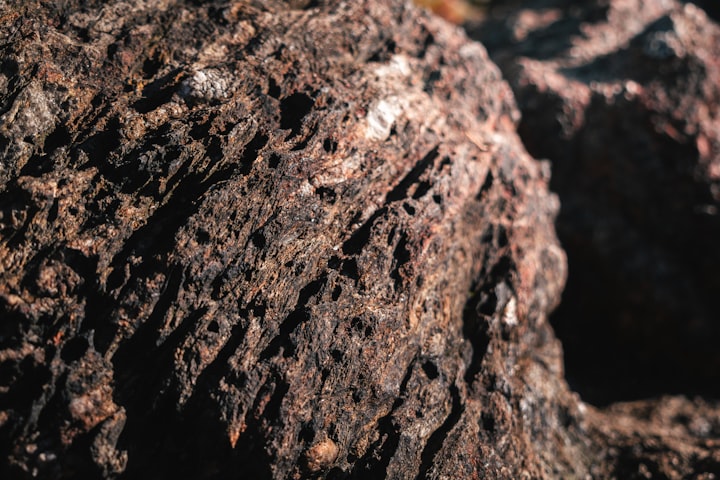The Mysterious Hypatia Stones: Extraterrestrial Clues about the Origins of Our Solar System
Exploring the Fascinating Story of the Hypatia Stones and Their Potential Connection to the Origins of Our Solar System

The vast and desolate Great Sand Sea in western Egypt is home to a remarkable geological feature known as the Libyan Desert Glass Strewn Field. The area, which is around 2,500 square miles in size, is covered in pieces of yellow glass that has long perplexed researchers. The glass, which was used in the jewelry that adorned the mummies of pharaohs, including Tutankhamun, is believed to have been formed by a massive explosion of extraterrestrial origin. While exploring the region in 1996, Dr. Aly A. Barakat discovered small stones containing diamonds that have thrown into question everything we thought we knew about the formation of our solar system.
In 2013, it was announced that the stones, which have been named after the famous astronomer and mathematician Hypatia, were extraterrestrial in origin. But what caught the attention of scientists was the revelation that the stones were almost pure carbon with very little silica, which is the opposite of what is observed in every other meteor or comet fragment analyzed to date. The stones also contained shock diamonds with unusual nitrogen isotope ratios, leading researchers to believe they were formed before the impactor entered Earth's atmosphere.
Lead researcher Jan Kramers used an interesting baking analogy to describe the composition of the Hypatia pebble, saying that the matrix can be thought of as the badly mixed dough of a fruit cake, with the mineral grains acting as glace cherries and nuts and the fractures in the pebble containing secondary materials from Earth, like the flour dusting the cracks of a fallen cake. The matrix also contained some extremely rare components, such as pure metallic aluminum and an alloy of phosphorus and nickel that contained no iron, which has never been observed before.
Kramers believes that the data is telling us that the formation process must have happened very far from the warmth of a star like our sun. The matrix of the Hypatia stones contained a high amount of specific carbon compounds, called polyaromatic hydrocarbons, or PAH, which are a major component of interstellar dust that existed even before our solar system was formed. This led Kramers to conclude that the stones were formed in a cold environment, probably at temperatures below that of liquid nitrogen on Earth.
The formation of the Hypatia stones challenges all preconceived notions about the formation of our solar system. They were formed in a very different environment from other meteorites, and their composition contains materials that have never been seen before. Kramers believes that the stones could have come from the Kuiper Belt beyond the orbit of Neptune or even the Oort Cloud, which is even further out, where we know very little about the chemical compositions of space objects.
One potential candidate for the crater created from the event that produced all of this nuclear glass was discovered in 2007 by Egyptian space scientist Farouk El-Baz and geomorphologist Eman Goneim. The 19-mile diameter Kebira Crater, which is in a remote location, was found using data collected by orbiting satellites. This massive crater could be the origin of the desert glass and Hypatia stone fragments. However, additional research needs to be done to confirm this hypothesis.
In conclusion, the Hypatia stones discovered in the Libyan Desert Glass Strewn Field challenge everything we thought we knew about the formation of our solar system. The stones' composition contains materials that have never been seen before and suggests that they were formed in a very different environment from other meteorites. Kramers believes that the stones could have come from the Kuiper Belt beyond the orbit of Neptune or even the Oort Cloud, which is even While the Kebira Crater and the Hypatia stones have given researchers some tantalizing clues about the origins of our solar system and the universe, there is still much that remains unknown. Scientists continue to study these enigmatic stones and the yellow glass of the Great Sand Sea, hoping to unlock more secrets about the universe and our place in it. As we delve deeper into the mysteries of space and time, we may one day uncover the truth about these strange and ancient artifacts, and the events that gave rise to them.
About the Creator
Izabela Bąk
I'm a passionate business analyst.






Comments
There are no comments for this story
Be the first to respond and start the conversation.